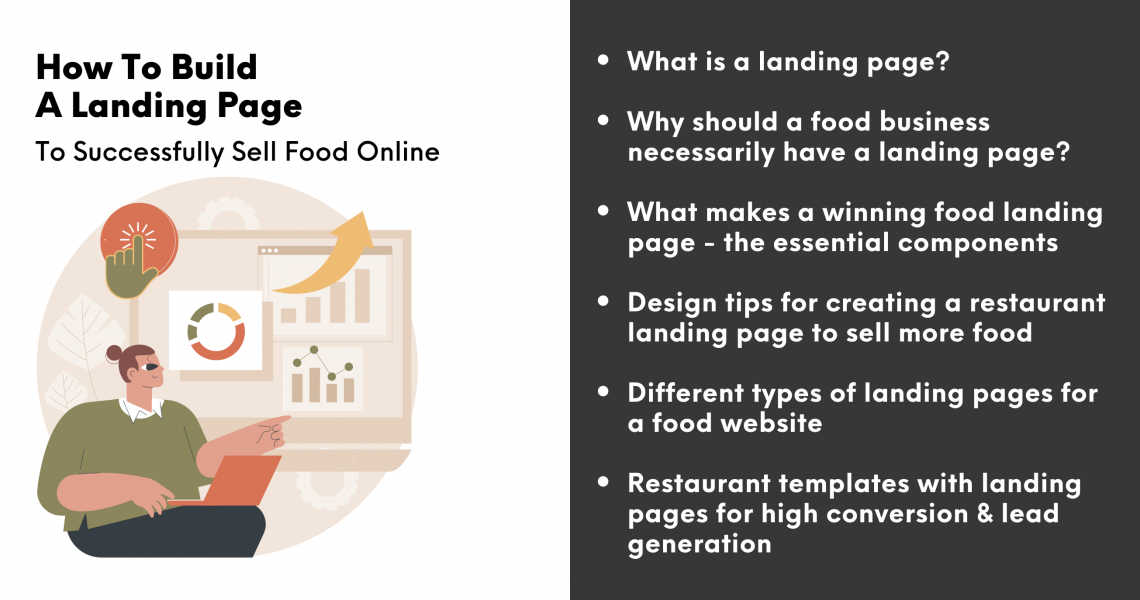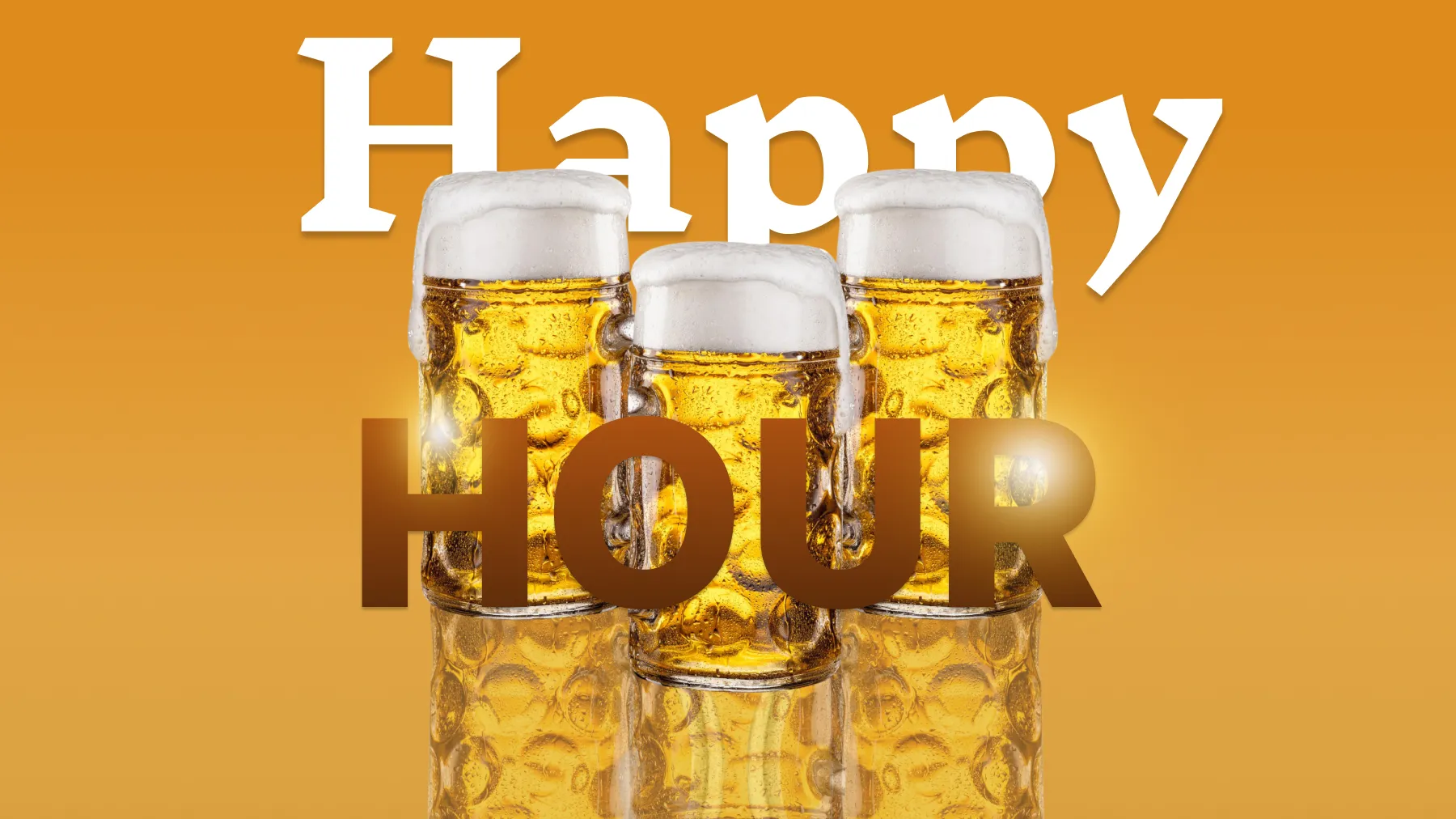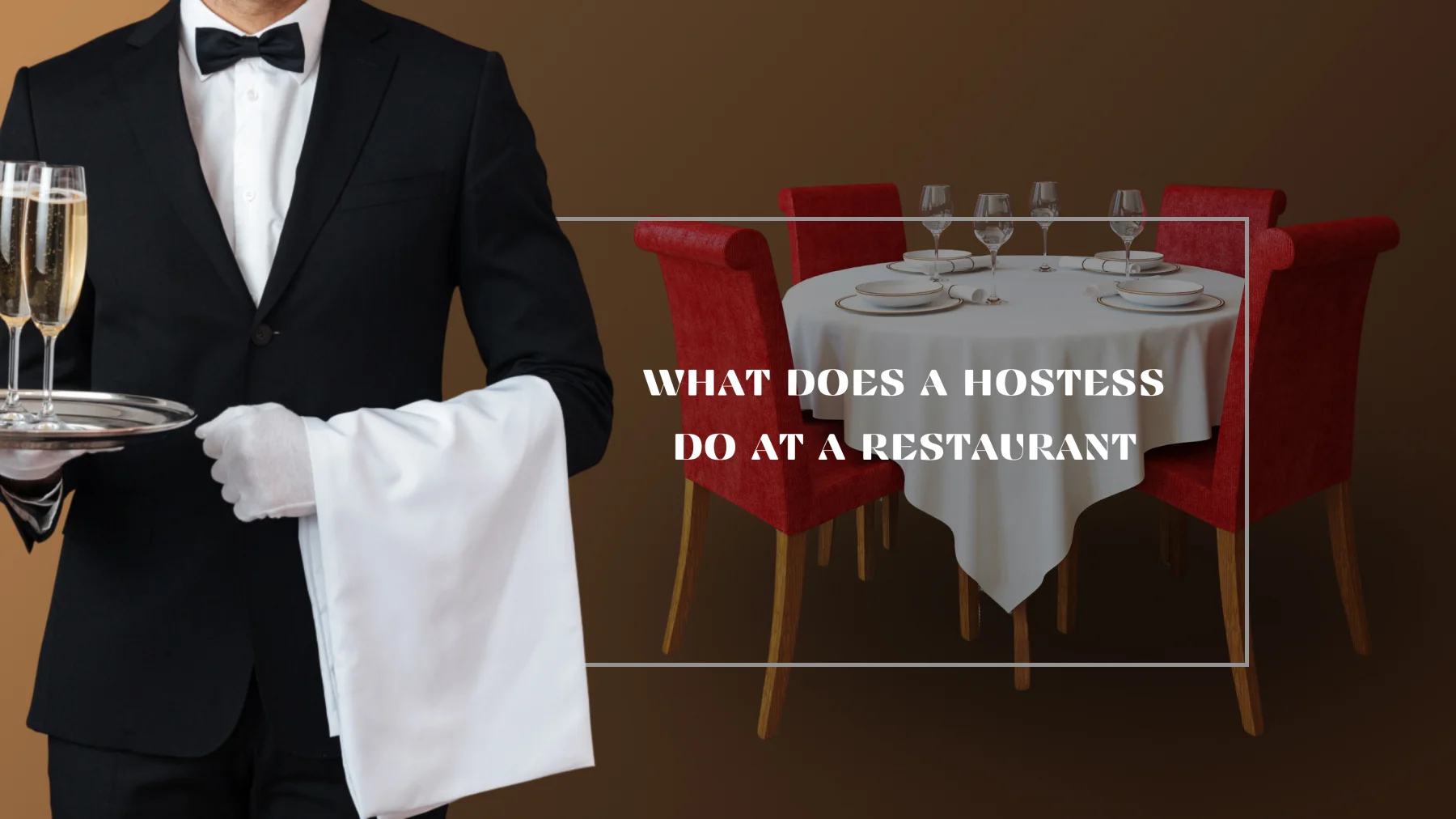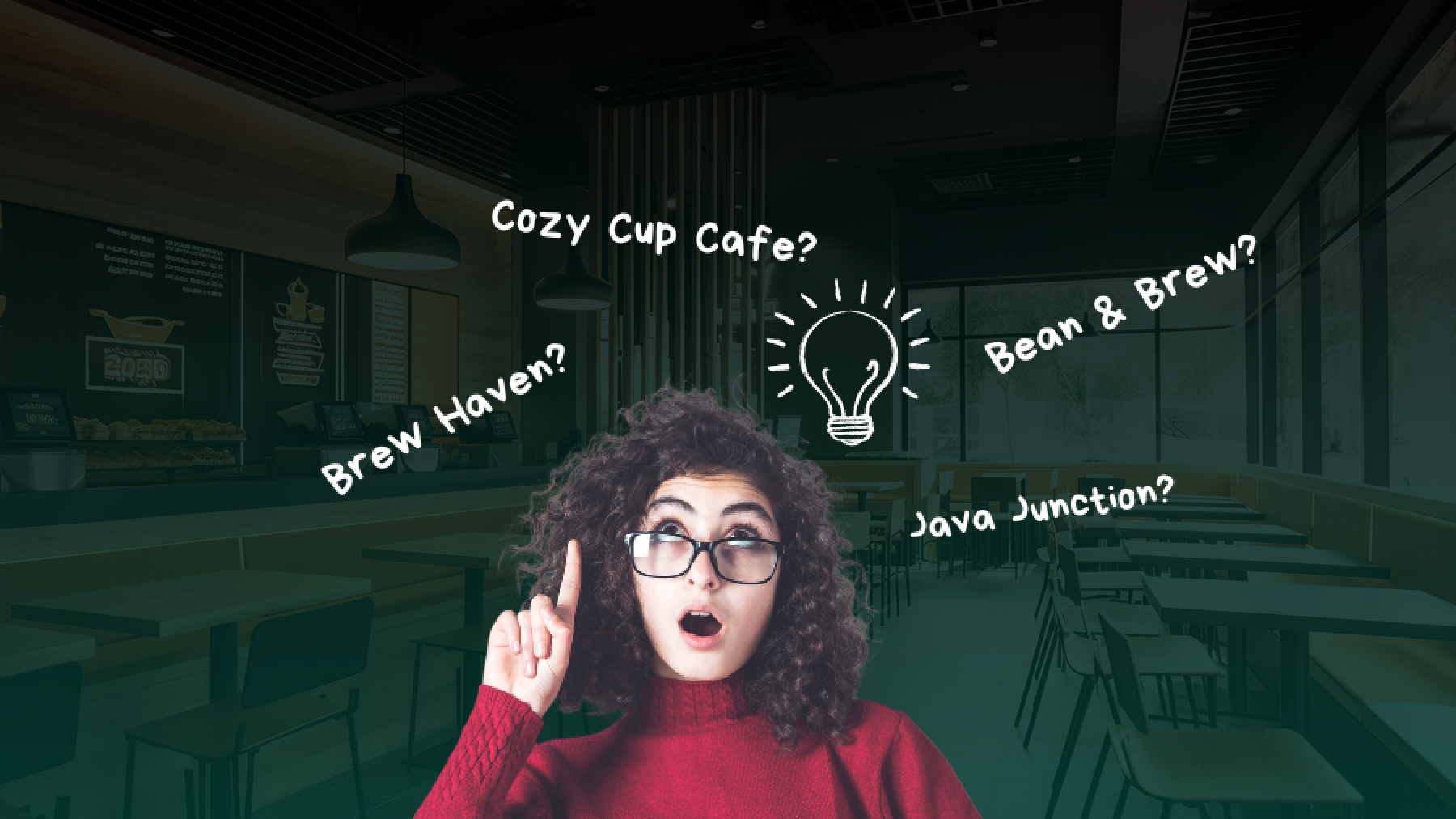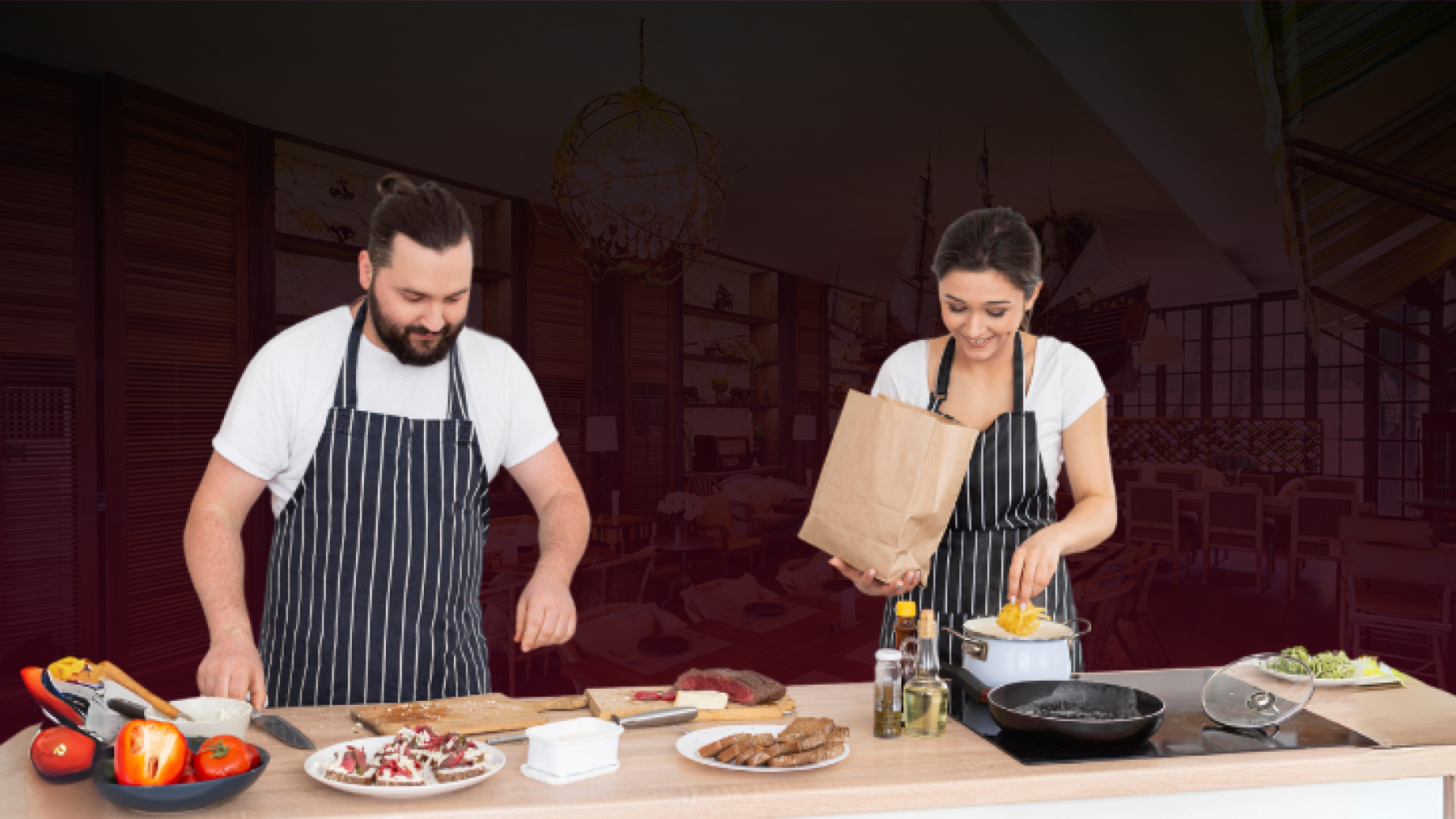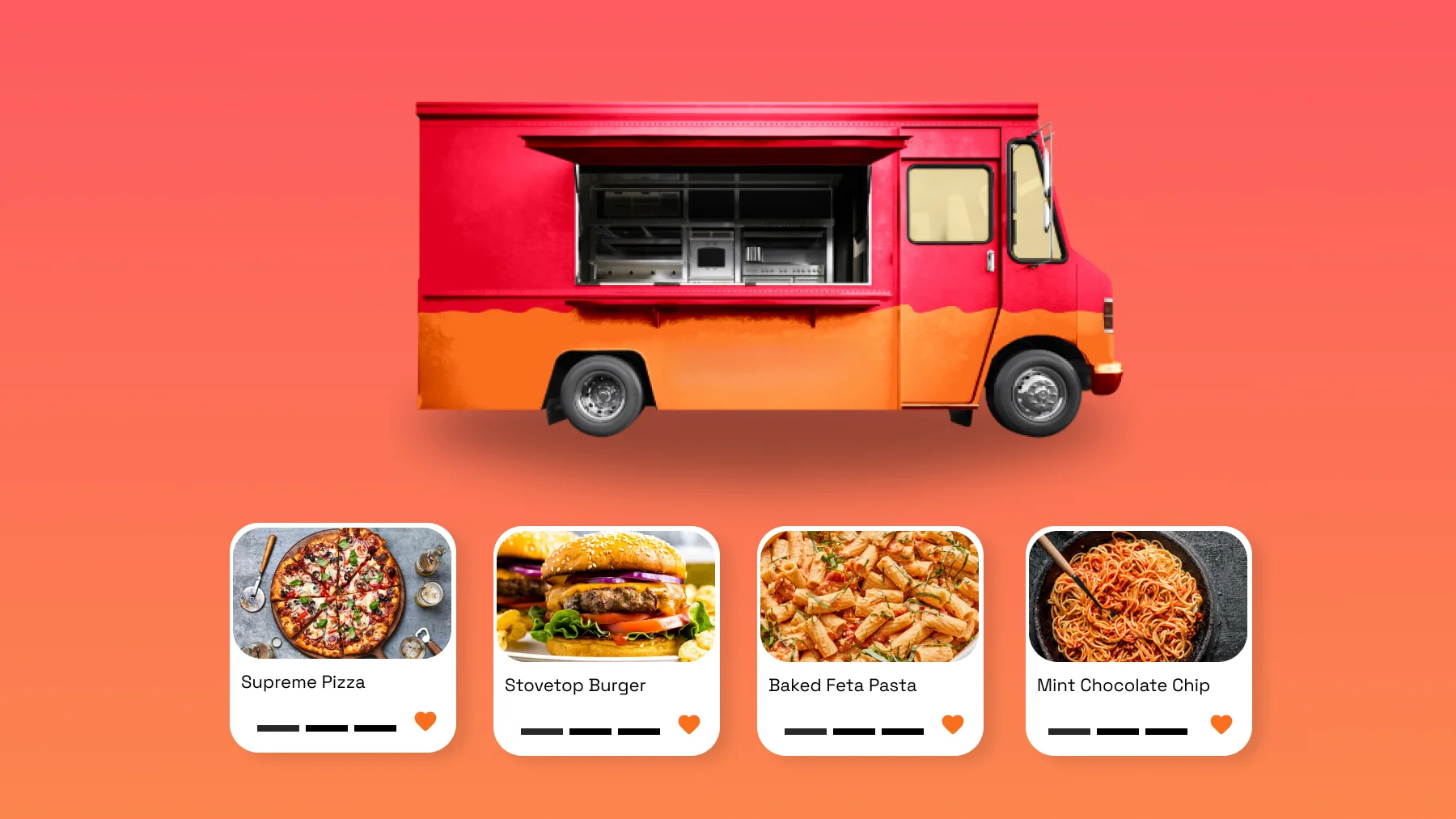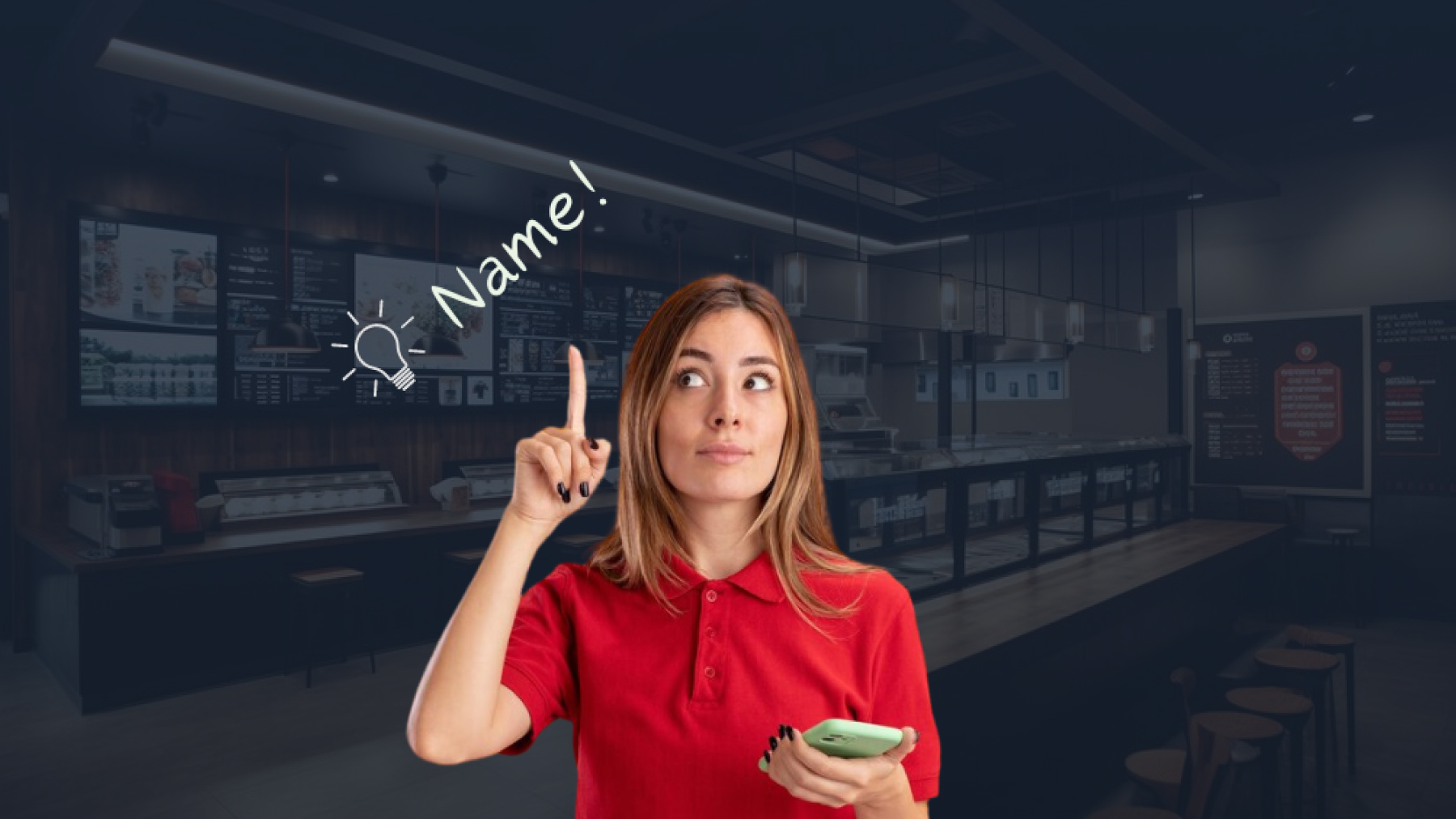Everything You Need to Know About Creating a Landing Page for Online Food Business
Developing a landing page might sound like a simple task. But, it is absolutely vital to create the perfect restaurant landing page for effective lead conversion. Read on to know how landing pages form an inevitable part of a business's digital marketing strategy. Let us first begin with what a landing page is.
WHAT IS A LANDING PAGE?
Landing page, as the name suggests, is any web page that a prospective customer happens to land on.
A perfect landing page convinces a potential customer that leaving their personal details is really worthy as something that excites them is offered in return.
- It is a standalone page that is different from a website’s homepage or any other virtual page.
- It fulfills a single and focused purpose.
- A landing page helps convert a visitor into a customer.
- When someone provides their contact details, this page provides a special offer, piece of information, or a deal in return. Example: Offering items like an E-Book, free trial, contest entry, or webinar registration when a visitor leaves his credentials.
- Such pages can be click-through and redirect visitors to the business’ transaction site or lead generation-based page.
- People are brought to a landing page either through a general web search or through a business’ website (more likely that a potential customer reaches a landing page).
- Having multiple landing pages is profitable for any business as each landing page can be directed towards a specific segment of the target audience.
WHY SHOULD A FOOD BUSINESS NECESSARILY HAVE A LANDING PAGE?
The very purpose of a landing page is to pitch the restaurant or online food business to potential customers. Apart from telling the world about your restaurant’s story, the culinary offerings, and other information about you, you also need to subtly promote yourself with a compelling sales pitch.
It definitely has to be cleverly crafted as people are now immune to phrases like ‘buy now', ‘order now’, etc. Thus, the copy and the narrative have to subconsciously speak to the visitor, appeal to their needs, and convince them that engaging in a financial transaction is beneficial for them.
The visitor’s mind can be tricked by focusing on just one menu item or a specific offer that the restaurant is running now. The restaurant must choose which feature it wants to highlight on the landing page. This is the VALUE PROPOSITION for the landing page – almost like a secret ingredient added to enhance the taste of a recipe. It will help a restaurant secure an edge over its competitors.
A restaurant might have several points to highlight. But, they can identify the Value Proposition by asking customers what they like the most about the restaurant. The most common answer is the ‘value proposition’ that has the power to convince prospective customers too.
Creating a website is a lot of hard work. Once that is accomplished, it is important to drive in sales. This is why a restaurant needs a landing page to get the smart work done and sales achieved.
Landing pages are designed primarily to be mobile compatible. They fit inside the palm and provide all the information needed in a single glance.
Landing Pages prioritize and highlight the most important links like digital menus, contact information, online ordering, QR codes, and cashless payments to the customer initiating instant Call-To-Action.
The greatest benefit that landing pages can offer to restaurants is their quality of being dynamic – it takes a few simple steps to edit and rearrange them. The restaurant is completely empowered to display the links that it wishes to in an order of its choice. A restaurant can add or remove links, add links to news articles or video coverages, swap old digital menus with new ones having upgraded prices, take customers directly to the online ordering page, redirect them to Google or Yelp review page – the creative possibilities offered by a restaurant landing page are literally endless.
WHAT MAKES A WINNING FOOD LANDING PAGE - THE ESSENTIAL COMPONENTS
While there is no standard way of creating a great landing page or a single success formula that suits all kinds of restaurants, there are certain essential components that any effective landing page must-have. They are:
1. Main & Supporting Headline
The landing page’s headline should clearly articulate what a user will get from it as it is the very first thing that a visitor sees. Since first impressions are very important, the message should be strong, grab attention, arouse interest, and inform the visitor what the restaurant is all about. Keeping the headline under twenty words to make the message easily digestible and succinct.
Since the headline must be kept really short, a restaurant needs to use a supporting headline that can either be a continuation of the main headline or any other supplementary persuasive text that adds to what has already been stated in the headline.
Thus, a landing page’s headline grabs attention while a supporting headline convinces the visitor to stay.
2. Unique Selling Proposition
Every restaurant has its own Unique Selling Proposition – a feature or characteristic that sets it apart from its competitors. This USP should be communicated on the landing page in a brief, yet catchy manner. A well-drafted USP compels the visitor to know the restaurant better, also setting clear expectations for them.
3. Offer Benefits
Once the USP is stated, light must be shed on more details about the offer. The benefit summary must be provided in bullet points for clarity along with a feature description highlighting the restaurant service, its cuisine, and why you must be chosen over the competitors.
4. Alluring Imagery
Using images and (or) videos to visually represent the offer help online visitors to better comprehend what the restaurant offers and what those special offers look like. Needless to say, a restaurant has to visually represent the food or recipes that it wishes to highlight. This is because showing the ‘context of use’ is far more effective than an explanation. A restaurant’s landing page must have large, high-quality images or high-definition videos of its culinary offerings.
5. Social Proof
By highlighting social proof on a restaurant’s landing page, you can persuade other visitors to turn from visitors to patrons. This is because people tend to believe in testimonials much better than advertising. A restaurant can also use the landing page to brag about its awards, customer testimonials, and reviews on social media.
6. Reinforcement Message
This is yet another page title reinforcing the main headline. It is placed about halfway down the page to communicate a mid-experience message to visitors.
7. Closing Argument
This is the final attempt that a landing page makes to conclude the main value proposition. This should be coupled with a call-to-action as it is critical for the conversion of the lead.
8. Call To Action
Placing the Call To Action in a visible spot on the page and designing it well is necessary. The CTA on the landing page should not just be persuasive but also compelling and exciting. Placing it directly under an image or a testimonial section will produce desirable results.
DESIGN TIPS FOR CREATING A RESTAURANT LANDING PAGE TO SELL MORE FOOD
Using the above-mentioned elements of a landing page judiciously and incorporating them into a template design is important for successful lead conversion. Here are a few tips to remember while designing the landing page.
- State the Value Proposition above the fold so that people do not have to scroll down the page to view it. The value proposition must hit the eyes of the visitor the moment they are on the web page.
- Eliminate visual distractions. Use minimal text and allow images to do the propaganda.
- Use social proof on the home page. Highlight testimonials.
- Use infographics to represent numbers or statistics that boost the image of your restaurant.
- Use fonts that are easy to read, instead of stylish fonts.
- Ensure that every aspect of the design conforms to the theme of the restaurant and the restaurant website template.
- Offer it in a format that looks and gives the same feel on all kinds of devices.
DIFFERENT TYPES OF LANDING PAGES FOR A FOOD WEBSITE
1. Lead Generation Landing Page
This kind of landing page makes use of a data capture form to collect leads. This page presents both a request and a reward as the visitor is now evaluating the offerings and might decide to either buy or walk away. The reward is the offer from the restaurant in order to entice the lead and convert them while the request is the information you are asking them to fill in. Since there are two elements on this kind of landing page, the customer must find the offer worthy in exchange for the valuable information that he is going to share.
2. Squeeze Page
While a squeeze page also intends to collect data, it differs from a lead-generation page as its only purpose is to gather email addresses of potential leads that can later be added to a general mailing list. A squeeze landing page contains bold headlines and minimal copy. A distinct CTA gives a clear idea to the reader in advance about the consequence of the click-through. Like a lead-generation landing page, this page also offers two things to the visitor – one link that takes them forward to the next step or an exit option if the visitor does not want to proceed with the process anymore.
3. Click-through Landing Page
While a Lead Generation Landing Page makes use of a form, a click-through page does not need a form at all. All that this page has is a simple and short explanation of what the visitor has discovered by clicking through. It also contains a bold and unmistakable CTA along with a link to the final destination that the restaurant wants the customer to reach.
4. Sales Page
This type of page is not about placing a request or offering a reward. Used at the bottom of the sales funnel, a sales landing page has to convince people to buy, making it the most difficult to design. Regardless of the length of this page, it must have a detailed pitch that explains the value of the restaurant business. All efforts must be directed towards getting the visitor to click the button and visit the restaurant or make the online food order.
5. Infomercial
Infomercial landing pages contrast sharply with a squeeze or lead-generation pages in that, whereas these two varieties are characterized by their brevity, infomercials tell your readers a long, elaborate story, using copy that recalls the emotive and excitable mannerisms of those late-night sales masters. The aim is to keep readers scrolling and get them to commit to a purchase.
6. Splash Page
A splash landing page is a basic type with minimal text, just one or two bold images, and a very simple message (an announcement or a ‘yes’ or ‘no’ to a request). Such landing pages do not collect data or generate leads. They might ask the visitor to verify their age or choose their language preference before they are allowed to enter the website.
7. Viral Landing Pages
Such landing pages are meant only to build brand awareness. They contain links to the restaurant website or a web page. It is mandatory that the content (text, images, or videos) used on this kind of landing page is interesting and informative to engage the reader and make them share the content to make it go viral on social media.
8. Microsites
This is a miniature website created for a specific restaurant campaign. Although it is more than one page, it is still considered a landing page. Microsites are set aside for one particular aspect of sales and other promotional activities. They are powered by online ads and work for hand in hand with TV ad campaigns.
RESTAURANT TEMPLATES WITH LANDING PAGES FOR HIGH CONVERSION & LEAD GENERATION
Wish to see examples of restaurant landing page templates that have consistently enticed customers and turned them from visitors to patrons?
1. Classic Template
A simple, yet elegant template designed by Restaurantify for any restaurant or food business that wishes to embrace digitalization in every aspect. The landing home page (used for Redberry Frozen Yogurt in Plainsboro) is not just visually appealing to the visitor with a clean layout, easy-to-read font, great imagery, and subtle colors, it also contains visible links that can easily drive in sales and revenue.
2. Fooday Template
Specially curated for restaurants or food businesses that wish to make their online presence effective and profitable. This template designed by Restaurantify comprises landing pages with all the essential elements that provide information for a hungry customer.
3. Bite Me Template
Designed by Envato Market this template will make anyone crave to bite into the food offered by the restaurant, bakery, cafe, bar, catering, or literally, any online food business. In fact, this template with its stunning landing pages can fit perfectly well for a chef’s personal portfolio website too. Built on Bootstrap 1170 Grid System, this template can be customized using included documentation.
4. A La Carte Template
This template has been designed by Unbounce and is ideal for communicating about any type of foodservice offering to customers. Rightly christened A La Carte, this template has landing pages with a great variety and easy customization.
If you are looking for a professional, yet affordable website and restaurant landing page builder, get in touch with Restaurantify for creating a website for a restaurant. Restaurantify’s page builder plugin can also be used to customize any design elements of the website template or landing page.
Not just that, Restaurantify is a comprehensive digital marketing solution provider and online business strategy enhancer for restaurants.
These templates are created by restaurantify. You can approach the restaurantify page builder plugin to customize the background, colors, fonts, etc.
LATEST BLOG POST
What Is Happy Hour? 10 Foolproof Ways to Make Your Happy Hour Successful
ShareTweetSharePin0 Shares
What does a hostess do at a restaurant? Duties And Responsibilities
ShareTweetSharePin0 Shares
200 + Cafe Name Ideas That Will Make Your Business Stand Out
ShareTweetSharePin0 Shares
How to Craft an Effective Restaurant Mission Statement: A Step-by-Step Guide
ShareTweetSharePin11 Shares
How to Create Food Truck Business Plan? Complete Guide
ShareTweetSharePin11 Shares
How to Choose the Right Restaurant Name (+ 190 Great Ideas & Examples)
ShareTweetSharePin11 Shares
